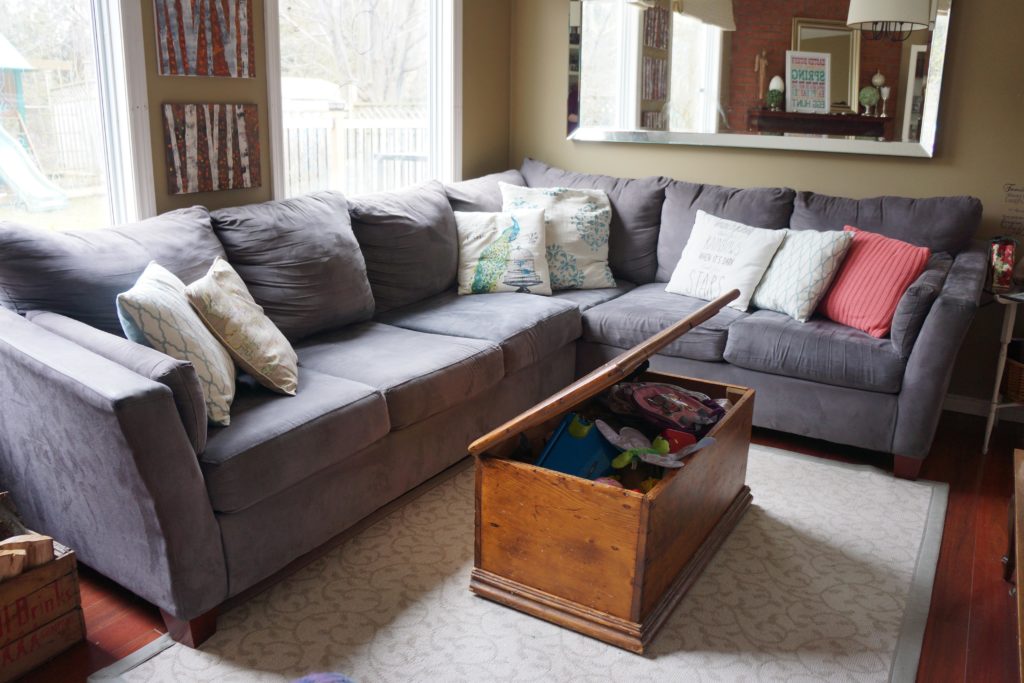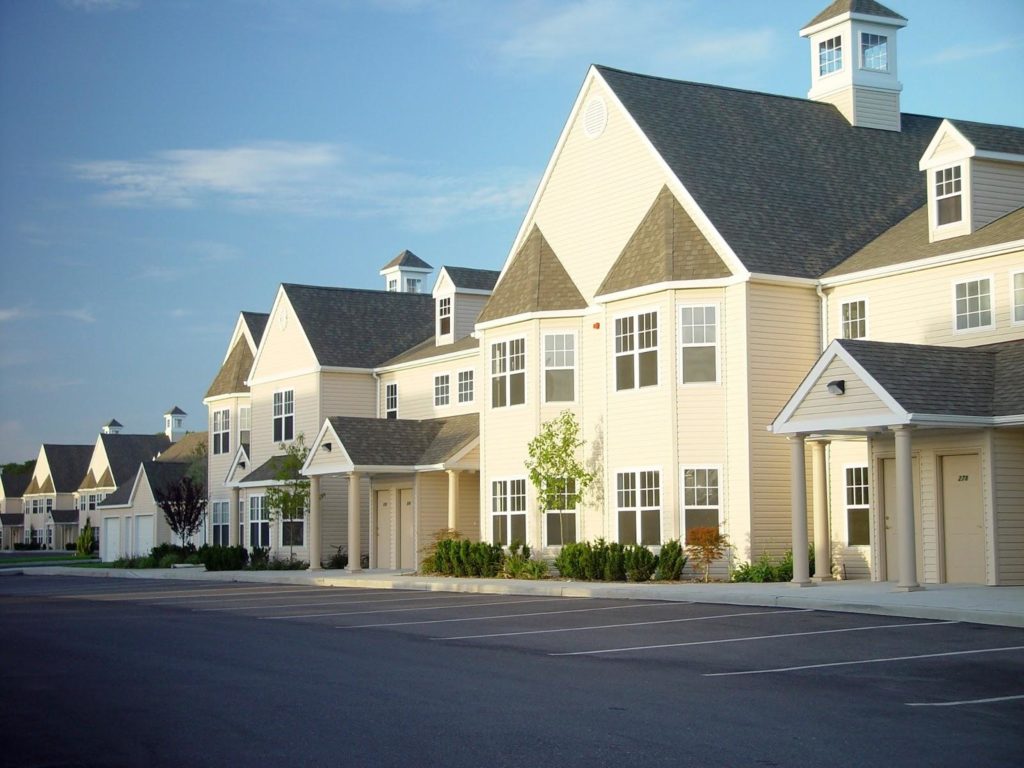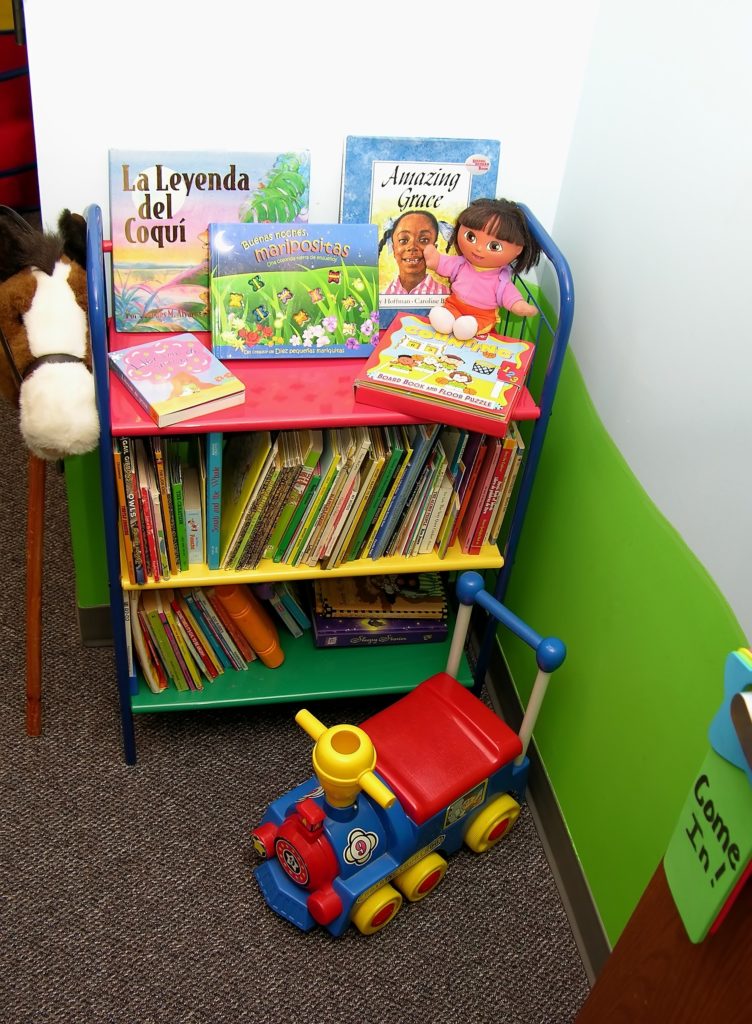Protect your home is insurance enough
A man’s home is his castle. Certainly, it’s more than just a place to sleep. Home should be the place where you feel most comfortable—a place to rejuvenate. In order to feel comfortable and rejuvenate we need certain things: a comfortable chair, a great sound system, a gourmet kitchen, space to play with the kids, etc. (The list will vary.) Without these things it’s just a building, but with them it’s you. And, just as you defend yourself from assault, you want to protect your home.
This article is the third in a series of a six on financial security.
Protect your home. What’s involved?
Protecting your home means protecting your possessions, as well as protecting the structure. (This is true to some extent, even if you do not own the building.) After you’ve done the obvious, like keeping the place clean, making sure the stove is off, putting out the barbecue, fixing (or reporting, if you rent) structural problems, etc., there are still threats to your home. You may be diligent about maintenance and repair, but ruinous things can happen before you become aware of them. And when it comes the consequences of other people’s actions (sometimes, even our own) and to nature, we have little or no control. In order to protect your home, you need to consider what it would take to replace your living space and its contents.
To Protect your home and its contents is another reason to have a financial safety net—an emergency fund. Certainly, some sort of property insurance (Renter’s Insurance, if you don’t own the property) is needed to cover damage and loss. Saving additional funds to pay the deductible and to ease through those costly “things” that always manage to complicate any emergency is important, also. The amount you’ll want to save will depend on your lifestyle: The ability to Protect your home is one aspect of protecting your lifestyle.
A financial safety net helped my family successfully navigate through the disaster that was Hurricane Hugo in 1989. Having insurance, an emergency fund, and a little common sense were huge in protecting our home and lifestyle:
My story
In 1989 I was stationed with the US Navy in Charleston, SC. We owned our own home just outside the Naval Weapons Station in Goose Creek—a Charleston suburb. September 22 of that year was the day hurricane Hugo made landfall in Charleston.
Early the morning of September 21, my wife and I decided that she and the kids needed to leave—go somewhere safe. (Her criteria for leaving had been the school cancellations that morning—with the caveat that their reopening was undetermined.) I would stay in the area through the storm, and I knew that afterwards I’d be spending a lot of time at my job site. I wouldn’t be available to my family much of the time when things were critical. After a few phone calls, we decided my wife and our children would go to Indiana to stay with her sister’s family for the duration of the emergency. (Thanks, Sis!) The impending storm was predicted to be epically disastrous. (For example: It was predicted the schools might remain closed until the fall semester of the following year. Thankfully, that was not true; the kids were back in classes in just a few weeks.)
Anyway, back to September 21. As the day went on a sense of impending doom grew. Around us there were emergency evacuation orders in place. Even though Goose Creek was not on the list, by midmorning it was practically a ghost town. I was required to stay. I was in the Navy and on call; so were some of my neighbors. Several of us decided to ride the storm out together in a house up the street. We knew this was going to be one bad storm, and no one wanted to be alone. Shortly after sundown, Hugo began to batter Charleston. (Official landfall was midnight, September 22.) The storm lasted most of the night. All the bad things you’ve heard about hurricanes are true.
And, nobody ever talks about the damage done by tornados that came after the hurricane—probably because only two were confirmed. There were more, and we’d been told to expect them. They added to the damage.
As it began to get light outside on September 22, I checked on the damage. I was expecting it to be severe, and it was. Downed trees blocked the street. Pieces of houses littered the neighborhood, but none were totally destroyed. Damaged cars had been blown off of driveways; some were on their sides, or turned over. Electric power was out. Gas had been cutoff the day before as a precautionary measure against fire and explosion. All that, and I want you to know Goose Creek was one of the least damaged communities in the area.
My house had trees lying across the roof causing multiple leaks. There was water damage in the house. The carpet was soaked. Some of the walls were dripping wet, and so was the furniture. Most of the double-pane window seals had broken and fog was forming in them. A couple of windows had been hit by falling trees and were broken; screens were torn or missing. Sections of the backyard fence were down. We kept our lawn mower, a couple of bikes for the kids, and a few tools in a little shed in the back. A tree had fallen on it. It was crushed, and everything in it was beyond repair. Eventually, we’d learn some mudsill (foundation) repair needed to be done.
And, it got hot! In the South Carolina Low Country, September isn’t always cool, and that year—after the hurricane—temperatures soared. Having no electricity meant no air conditioning, or even fans. The residual damp combined with heat and no air movement meant mold would become a problem. It also meant the food in the refrigerator and freezers was going bad.
There were a lot—a lot—of other problems and inconveniences, but all any of us could do was start cleaning up as best we could and wait for an insurance adjustor to show up. Weeks passed before that happened. I was very thankful we had been funding an emergency account, and that we had the foresight to make a sizable withdrawal early in the week—before banks and businesses closed. Even though it took some time for commercial enterprises to return to “business as normal” after the storm, some necessities and amenities were almost immediately available, if you had cash. Even before the insurance adjuster came, I had a start on making the house habitable for my family. (And, you know I saved every receipt that could be included in the claim.)
Later, after my claim was settled, I was grateful that I had Replacement Value Insurance (See below: “behind the scene.”) for the house and contents. Because we had this type of insurance, and because we kept updated records and photos of our house and belongings, we were able to get the house repaired and furnishings replaced without having to secure a loan. We needed to commit very little of our own funds to reclaiming our lifestyle. Our homeowners insurance even had a generous allowance for the spoiled food.
Our insurance and our emergency fund functioned as a financial safety net, allowing us to restore our home and property: Allowing us to protect our home and lifestyle.
Behind the scene: The deductible: Defend your home
The deductible is the amount of money your insurance company requires you to spend on your claim before they commit money to repair, replacement, or reimbursement. Insurance companies tend to handle the deductible in two ways. The more usual way is to estimate the repair/replacement cost and cut a check for that amount minus the deductible. In this case people often have to borrow money equivalent to the deductible in order to pay to have their problem fixed. In an alternative method there is no payment on a claim until after the insured has committed funds of their own (equal to the deductible) by contract to whoever will provide the needed service. If the claimant doesn’t have ready cash, he’ll have to use borrowed money before the claim check is made out. In either case the borrowed money will have to be repaid with interest. As with any insurance issue, your agent can clarify how your claims will be handled.
Years before Hugo, we began saving money in an account dedicated to getting us through financial emergencies. We knew what was required for the deductibles, co-pays, out-of-pocket maximums, etc. for our various (not just property) insurance policies. The primary function of the funds in that account was to keep us financially secure for a year in the event of loss of income or other financial emergency. We were building a financial safety net to protect our lifestyle.
I can’t claim we had fully reached our goal by September of 1989, but we had saved enough to allow us to make a withdrawal (days before the banks closed for the storm) that would cover our home insurance deductible, more than a week’s living expenses for me, and traveling money for my wife—and not decimate the account. Neither can I say that this was the first time we had needed to use funds from that account. I can say that (1) whenever we had needed to take money from that fund, we were glad we lived by a budget that required us to make regular deposits to an emergency account, and (2) after we dealt with immediate financial emergencies, we always reviewed our budget to see what adjustments we could make to quickly replace the funds; more than once we did a “staycation” rather than a vacation and/or scaled back on gift giving. (And, because my wife is creative … The kids never guessed.)
Our insurance company would have provided us with funds for a place to live before and during repairs—if there had been a place available. For a long time after the hurricane, the housing shortage was a huge problem. There was nothing available within a hundred miles.
Behind the scene: Replacement value insurance
Replacement value is the amount of money it costs (now) to buy something you’ve had awhile. This includes your home and contents. Frequently it’s hard to find the exact item, so your claim will get you something comparable (in pre-loss condition)—without depreciation. Payment may be in two parts: It’s likely you will first receive a check at the actual value rate. After your make your purchase and present a receipt, they will issue a second check to cover the difference.
Here’s an example: Assume the price of a couch you bought two years ago for $1500 has gone up to $1800. If for some reason (covered by your insurance) you need to replace it, the payment for your claim would be $1800—minus your deductible: You can’t forget that deductible. If your deductible is $500, ultimately, this claim should yield $1300. And as I described above, it will—probably—come in two parts. Also, don’t expect an adjustor to take your word for what you originally paid. Keep receipts for major purchases in a safe file; a photo of the item can be very helpful.
Replacement Value Insurance is a little more expensive than Actual Value Insurance, but the additional cost is well worth it.
Behind the scene: Actual value insurance
Same couch, same scenario—this time you have Actual Value Insurance. If you had to replace the couch today, you would be reimbursed the amount you paid for the couch when you purchased it, minus deprecation and your deductible.
A common way insurance companies depreciate furniture is to divide the original price of the piece by its estimated life. In this example, the life of the couch is estimated to be five years: The couch will depreciate $300 a year ($1500/5years=$300 per year). After its fifth year the insurance company will consider the couch to have no monetary value and will pay nothing towards replacing it. With depreciation at this rate, if you have owned the couch for two years, it has already lost almost half its value. And, remember—in this example there is a $500 deductible on the claim.
See it in numbers: $1,500 (Cost) – $600 (Depreciation) – $500 (Deductible) = $400 (Payment to you)
And it doesn’t end there: Today’s money doesn’t buy as much couch as money did two years ago. The price of this couch, or one very similar to it, has actually increased $300 over the last two years (See above in “Behind the scene: Replacement Value Insurance). It’s now $1,800. In addition to the $400 received from the insurance company, you will have to pay $1,400 out of your own pocket to replace your couch.
Repairs to the house
As with your furnishings and personal belongings, payment for claims on structure repairs are figured differently depending on whether you have Replacement Value Insurance or Actual Value Insurance.
Replacement Value: Whatever needs to be repaired or replaced is figured at current prices. Again, your payment might come it two stages: The first at actual value: The second when you provide a signed contract or a receipt for the work.
Actual Value: Depreciation is figured into the payment.
Of course, your deduction applies. And, in either case, it’s a good idea to keep a file (contracts, receipts, photos) on any major work you ever have done inside or out to your house. In a dispute with your insurance company, they can help support your claim.
Renters
If you rent your home, Renters Insurance, essentially, covers you the same way Homeowners Insurance did me. It goes a long way toward replacing your belongings and, usually, includes provision for temporary living space if yours is under repair because of disaster. (In the case of natural disaster renters are not responsible for structure repair.) Also, as with most Homeowners Insurance policies, there should be some liability coverage. (Sometimes, disaster is our fault.) Confer with your insurance agent to verify the deductible and provisions of your policy.
For everyone
There are certain items that may not be covered by a general household insurance policy: Things like furs, jewelry, firearms, and some types of specialized equipment among them. Once again, it’s important to discuss this matter with your insurance agent prior to a disaster—either when you take out the policy or when you acquire an unusual or expensive item. Frequently, a rider can be attached to your policy (for a price) that provides coverage.
After saying the above about specialized coverage, I think I also need counsel caution. You can be over insured. Insurance is a component of your financial safety net. Your future needs to be secure, but preparation for the future should not destroy life(style) today. It is much harder to be without a house than say a stamp collection.
Read and understand your insurance policy. Numbers used in this post were for example only, and every insurance company has its own variations of the general concepts. If you have any questions—and you should—talk to your agent. Have the agent show you where in your policy the answers to your questions are supported. I usually make an appointment (about once a year) just to make sure I still understand certain issues.
Conclusion
Protect your home it’s more than you might think. The old saying if you lost everything today what would you miss the most? Probably everything. This is a very true statement.
Fortunately we had Replacement Value Insurance, which was a real life saver.
We had our deductible saved well before it was needed.
After our deductible was met, we had minimal out-of-pocket expenses—and our emergency savings covered those.
In the aftermath of the storm I learned we knew people who did not have Replacement Value Insurance. Their out-of-pocket expenses were considerable. Many had to take out loans to replace what they had lost to the storm.
A main function of Household Insurance as part of your financial safety net is to protect your home and the material things essential to your lifestyle.
There is more to protecting your home than just have insurance.
Read the next article how to protect your transportation
Never miss another post follow me on Facebook





